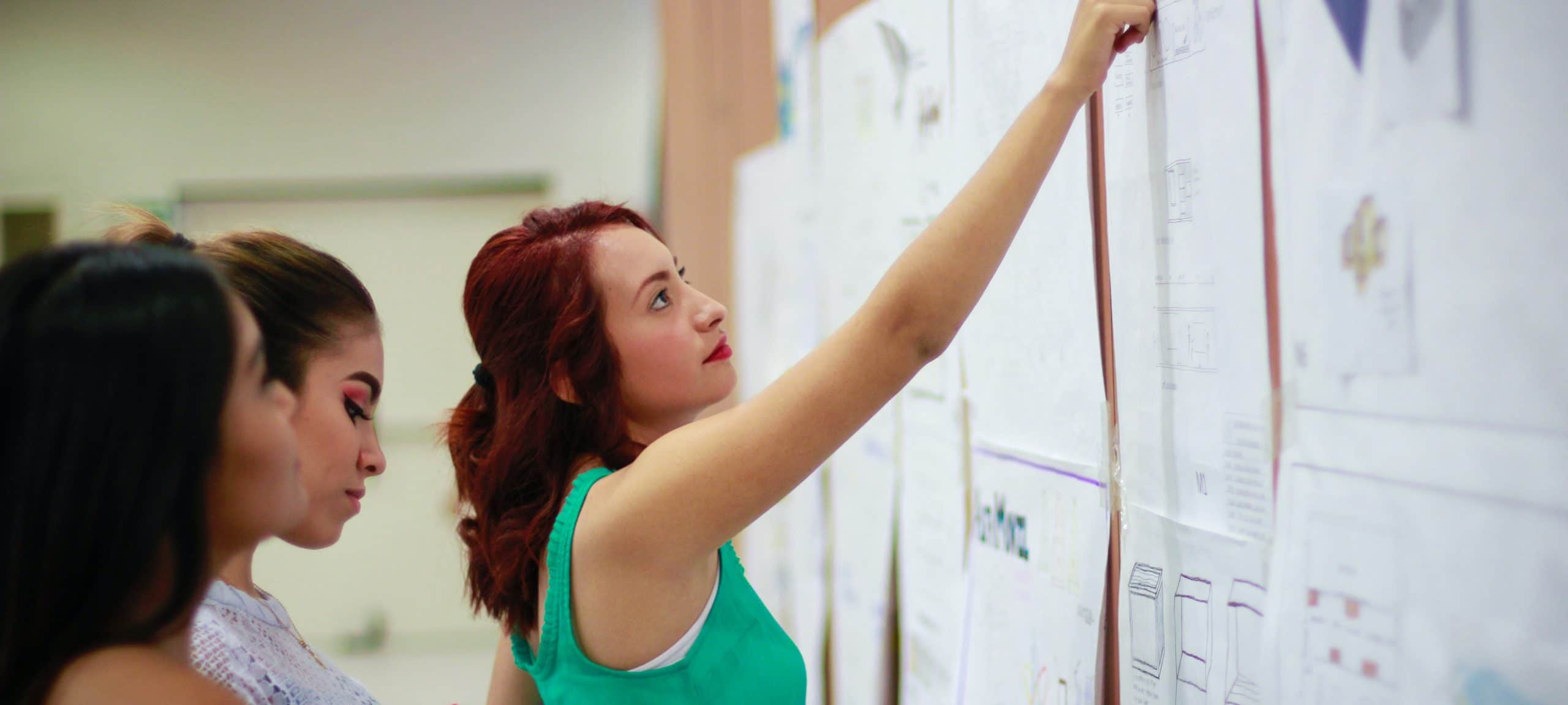 Madge McClary, “at the age of 71” is not yet fully retired and continues to work as a BMAT Part 3 Examiner for Cambridge Assessment and as a English Language teacher in Cambridge.
Madge McClary, “at the age of 71” is not yet fully retired and continues to work as a BMAT Part 3 Examiner for Cambridge Assessment and as a English Language teacher in Cambridge.
Look around you when you walk through a general practice’s or an outpatients waiting room and in many you may find that not only notice boards but also that the walls, doors, windows, partitions and virtually every other surface are decorated with an abundance of leaflets and notices informing patients of ‘what to do, what not to do and where to go’ all jostling for position among the ‘advice, help, guidance and support’ posters: the quantity and variety are endless. Not content with displaying a vast array of leaflets and notices, the replication is staggering. Just in case you haven’t spotted the typed instruction, on both of the doors and adjacent notice board, about removing your coat before entering the phlebotomy room, each window in the waiting area is also plastered with endless copies of the same notice (My local community hospital being a prime example of this).
Whilst changing into a ubiquitous hospital gown in a small, cramped cubicle at my local general hospital in December I counted ten notices. The information on nine of those notices was not in the least memorable. However, the tenth one, affixed to the far right on the back wall, I only noticed when I returned to get dressed again. This was a reminder to ‘lock the door when getting changed’. Fortunately, as I had forgotten to bring my glasses for the eyes in the back of my head, I had spotted the lock on the door and had used it for the purpose intended.
It would seem that any member of staff can put up notices or posters with little consideration for their purpose or impact. In the end, all of this ‘wallpaper’ begins to merge into one muddled mass of typefaces and random graphics which become impossible to process in any meaningful way.
I began to wonder if we had now entered a period of extreme wallpapering
Often, there are no headings on notice boards to denote categories: this would be particularly helpful in drawing attention to information that is relevant or not as the case might be. Instead patients face a jumbled array of mismatched notices and leaflets either stuck on or pinned to any available surface when, as is often the case, a notice board has no space left. Recently, I spotted a row of identical Covid -19 vaccination notices, hung jauntily, at an angle, like festive bunting, along the front edge of a reception desk. I began to wonder if we had now entered a period of extreme wallpapering.
As I sat, gazing despairingly at the bunting, whilst waiting to be called for my appointment, I was reminded of how notice boards could and should be organised based on my many years of working in the education sector. An analogy being that if ‘good teaching for pupils with dyslexia is good learning for all pupils’ then a notice aimed at the over-sixty diabetic would be equally good for diabetics of all age groups. A practice could consider consulting with their Patients’ Participation Group (PPG) to find out how patients’ outcomes might benefit by simply changing the colour, design, and the type and size of the font used and how effective a more succinct notice might be: one that directs a patient to where more detailed, additional information and support can be found.
The solution is simple. Strip off the wallpaper! Firstly, by removing all duplicates, out of date or irrelevant material. Secondly, by confining all displays to ‘official’ notice boards. Thirdly, by arranging all future displays so that the desired effect of actually informing patients is achieved. If you want to draw someone’s attention to something important then it must stand out. Finally, establish a protocol by designating one member of staff to be responsible for the overall management of notice boards and to curate the content: the number of grammatical errors that I frequently spot is alarming and in particular the absence of apostrophes. The absence of or a misplaced apostrophe compromises meaning in so many ways and is, quite frankly, unprofessional.
Now is the time, not only to be more strategic with the quality, accuracy and purpose of the content but also to consider the financial implications involved in wallpapering waiting rooms. If all the costs; paper and printing; sundry items of stationery and staff time are evaluated and then if these sums are replicated nationwide, the cumulative costs would undoubtedly translate into a significant waste of public money. It makes one question whether there are similar examples of where taxpayers’ money is misdirected in the NHS: money which would be better spent on frontline medical care.
If you want to draw someone’s attention to something important then it must stand out
In this digital age many waiting rooms also display information on wall-mounted screens. Surely this system could be adapted further to eliminate the need for much of the current wallpapering. Maybe GPs could lead the way and consider moving to a mostly, paperless system as many schools have already done. This is not new technology. A digital display system is more ‘eye-catching’ and probably a more effective way of gaining patients’ attention. It would be especially valuable in some communities where there is a need to provide a translation into other languages in ‘real time’ when disseminating important healthcare information to patients.
Change needs to be a ‘bottom-up’ rather than a ‘top-down’ initiative and driven by individuals at a local level because, as I am sure many of you reading this would agree, that when committees at regional or national level become involved then the key objective of reducing costs is more than likely to be compromised.
In 2021, it is hard to believe that very little progress has been made in the manner in which information and guidance are provided for patients in waiting rooms and that indiscriminate wallpapering continues to reign supreme. Nowadays, shouldn’t we all be striving to reduce the amount of ‘paper bumph’ that is generated?
Featured image by javier trueba on Unsplash






